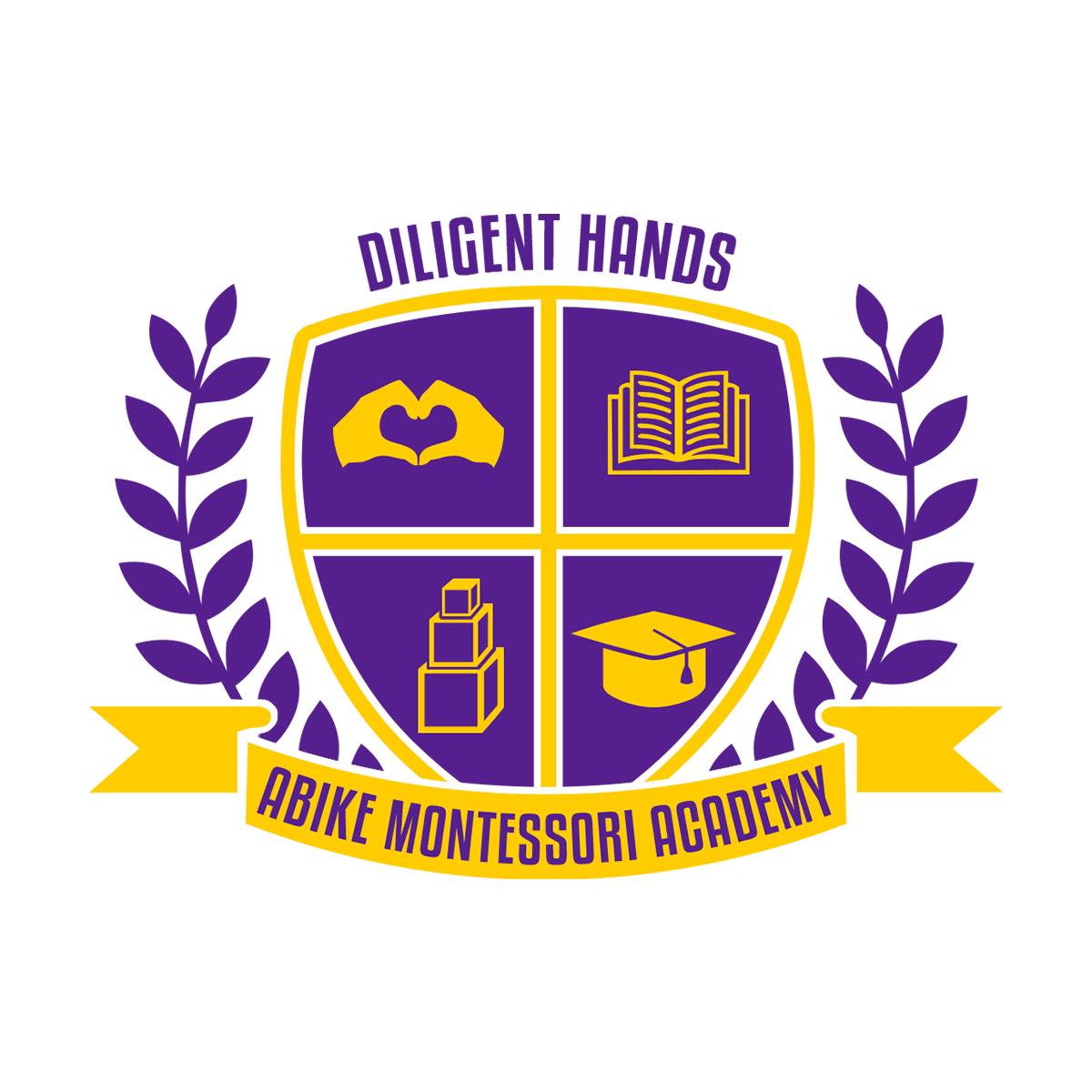Program at a Glance
Philosophy
Hands‑on materials move from concrete to abstract, supporting the child’s drive to repeat, refine, and master. Independence and kindness are core to the culture.
- ZPractical Life
Care of self & environment, food prep, grace & courtesy — the heart of independence. - ΔSensorial
Materials isolate attributes like size, color, texture, pitch — refining the senses for later academics. - AaLanguage
Phonetic awareness, moveable alphabet, handwriting, grammar, and rich spoken language. - 123Mathematics
Quantity, symbol, operations, decimal system, fractions, geometry, and measurement. - ◎Culture & Science
Botany, zoology, geography, history, earth & physical sciences through discovery.
Times are approximate; rhythm adjusts to the needs of the group and season.
Environment
- Orderly classroom with child‑sized furniture and defined work areas.
- Open shelves for self‑selection; floor rugs and child tables.
- Outdoor environment for gross motor, gardening, nature studies.
Materials You’ll See
Pink tower, brown stair, knobbed cylinders, moveable alphabet, sandpaper letters, golden beads, fraction insets, puzzle maps, botany & zoology materials.
- Concentration and intrinsic motivation for purposeful work.
- Early literacy: phonetic reading/writing; growing vocabulary and expression.
- Foundational math: place value, operations, geometry, measurement.
- Grace & courtesy: cooperation, conflict resolution, community care.
Communication
Weekly snapshots of class themes and progress notes; parent conferences each term to review goals and growth.
Readiness & Next Steps
Fully toilet trained; follows simple multi‑step directions; curiosity and stamina for longer work periods.
How do you support reading?
We build strong phonetic foundations with sandpaper letters and the moveable alphabet, then progress to readers and writing.
Is there homework?
Most work is completed at school. Occasional family projects or reading minutes may be suggested.
How are mixed ages managed?
Older children model responsibility and leadership while younger ones receive scaffolding and inspiration.
